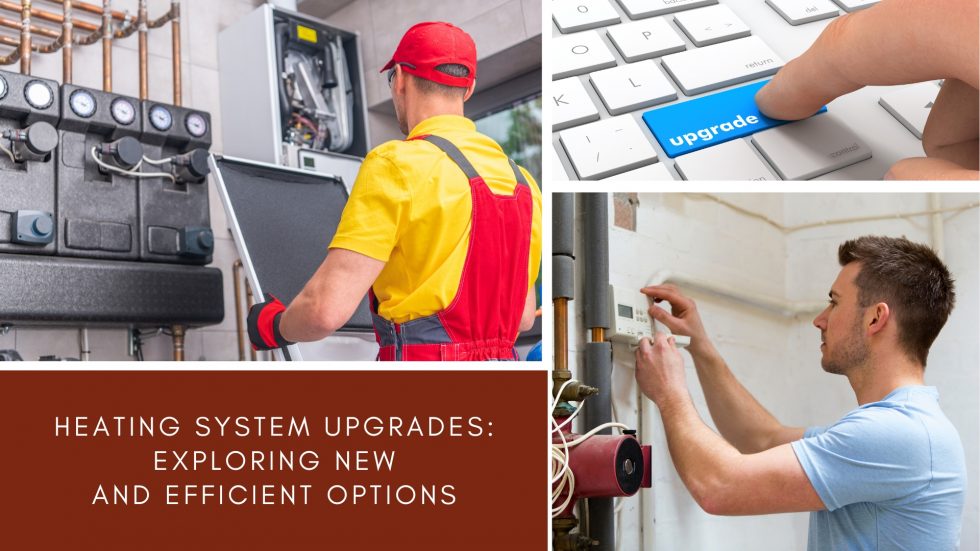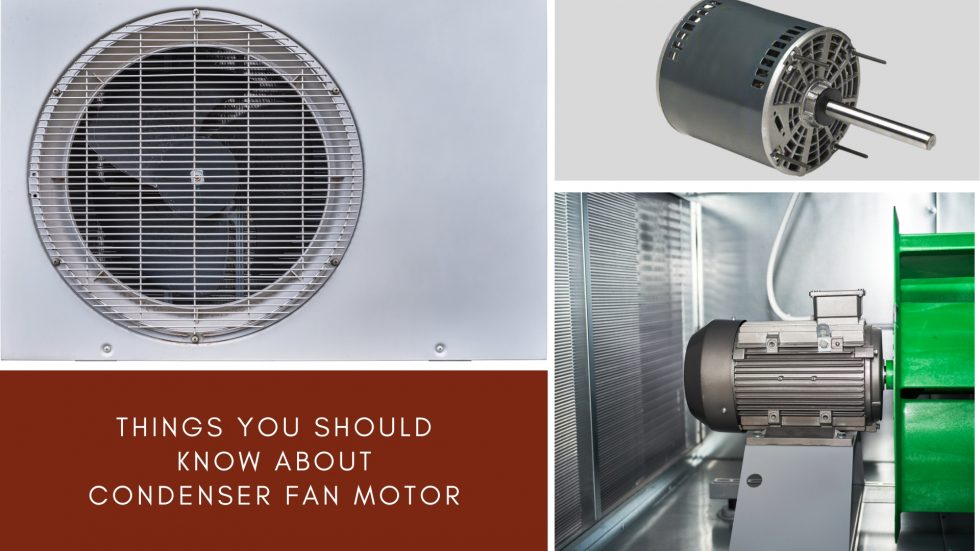
As winter approaches and the cold winds make us want to stay inside, it becomes more important than ever to have a reliable and efficient heating system. Furthermore, with rising energy costs and increasing environmental concerns, homeowners and businesses are looking for new ways to improve their heating systems. In this technological age, several heating system upgrades promise more comfort, less energy use, and a smaller carbon footprint. So, come with us as we explore the world of heating system innovations in this piece.
Understanding Heating System Upgrades
Heating system upgrades are any modifications or improvements to current heating systems in residential, commercial, or industrial buildings. These upgrades aim to make the heating system more efficient and perform better overall. Here are some popular ways to improve a heating system:
Replacement of outdated equipment
Replace old, inefficient, or unreliable heaters, boilers, or heat pumps with newer, more energy-efficient models. In fact, many newer systems have better settings and more advanced features that make them work better and use less energy.

Installation of programmable thermostats
Upgrade to smart thermostats to get more control over your home’s heating. These thermostats let you choose the ideal heating settings depending on when and how often you use the room. Moreover, it saves energy by turning down the heat when the room is empty.
Zoning systems
Zoning systems split a building into different areas or zones where you can control the temperature separately for different rooms. For example, when you upgrade to a zoning system, you can adjust each room to its perfect temperature so everyone is comfortable. Plus, you get to save energy because you only heat the rooms that need it.
Insulation improvements
Insulating walls, floors, and roofs better helps keep less heat from escaping a building. Better insulation makes it less necessary to heat all the time, so the heating system works better and costs less.
Upgraded ductwork
In forced-air heating systems, upgrading the ductwork means fixing leaks, adding insulation, or replacing old, broken, or inefficient tubes. Properly sealed and insulated ducts allow for better movement and keep heat from escaping, making the system more efficient.
Integration with renewable energy sources
Adding green energy sources like solar thermal panels, geothermal heat pumps, or biomass boilers may be part of an upgrade to a heating system. These systems use renewable energy to add to or replace traditional ways of heating. That cuts down on the use of fossil fuels and reduces carbon pollution.
Energy management systems
Installing energy management systems can help improve the performance of a heating system. They track energy usage, analyze the data and identify areas for improvement. The insights they provide will help you make smart decisions to improve efficiency and lower energy bills.
Popular Upgrade Options
There are many ways to update a heating system today. Which one you choose will depend on what you can afford, the kind of system you already have, and how efficient you want it to be. To help you make a smart choice, let us explore all the options and figure out what works best for you and your home.

High-Efficiency Furnaces
These furnaces use condensing heat exchangers and other new technologies to get more heat from the fuel they burn.
Heat Pumps
Air-source heat pumps (ASHP) and ground-source heat pumps (GSHP) use very little energy and work by moving heat between the inside and outside. GSHPs are more efficient but usually cost more to install.
Boiler Upgrades
If you heat your home with a boiler, switching to a modern, high-efficiency boiler can save you money on energy. Most new boilers have better settings and better ways to burn fuel.
Radiant Floor Heating
Radiant floor heating is done by putting a system of pipes or electric heating elements under the floor. It heats the whole room evenly and comfortably. This choice is often chosen for new buildings or big renovations.
Ductless Mini-Split Systems
Mini-split systems without ducts are made up of an outdoor unit that is linked to one or more of your indoor units. This way, you can have a comfortable temperature in every room inside your home. They are often used to add ventilation to homes that do not have access to it.
Smart Thermostats
Invest in a smart thermostat to make your home more comfortable and save money on energy costs. These thermostats can even learn your heating preferences over time. You can program them even more and stay in control from any distance.
Solar Heating Systems
Solar heating systems heat your home with energy from the sun. These systems collect and store heat from the sun, while solar air heating systems use solar energy to heat air directly. You can add it to your existing system or go with a full solar setup, and you will be basking in sunshine comfort.
HVAC Installers Near Me
Are you tired of dealing with inefficient, costly heating systems? So, why not give your heating system a boost? Pioneers Heating and Air is the company to call if you need heating solutions you can count on. We are a reputable HVAC service provider catering to homes and small businesses in San Marino and South Pasadena, CA. We can help you with HVAC installation, regular HVAC maintenance, and heating options that work well. Talk to our professional HVAC expert to figure out the best way to upgrade your heating system for your needs and ensure it is done right. Contact us today to find out about prices and availability, and let our experts take care of your HVAC system needs.







